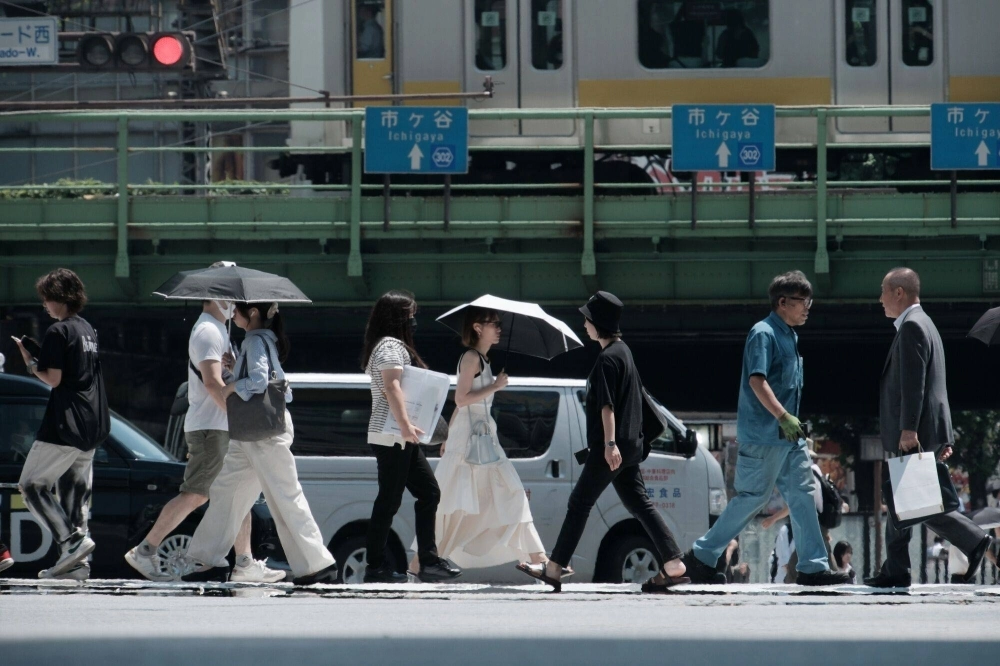Temperatures rose to dangerously high levels in many parts of Japan on Thursday, with the mercury in the city of Shizuoka hitting a record 39.3 degrees Celsius and authorities issuing heatstroke alerts for 16 regions across the country.
The mercury topped the 35-degree mark in cities ranging from Shingu, Wakayama Prefecture, to Kofu, Yamanashi Prefecture, and Shimanto, Kochi Prefecture. The temperature in Tokyo also hit 35 C just after noon — the first time so far this year.
The Meteorological Agency classifies days topping 35 C as “extremely hot days.”


















With your current subscription plan you can comment on stories. However, before writing your first comment, please create a display name in the Profile section of your subscriber account page.